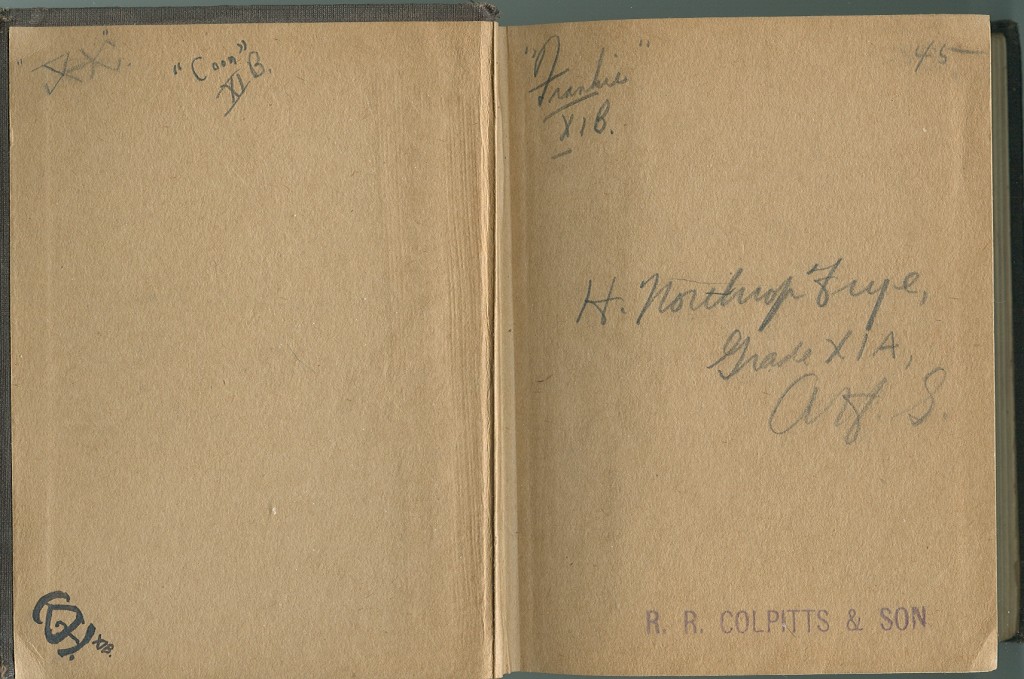httpv://www.youtube.com/watch?v=DWkiWtqgOWc&feature=fvst
A reminder that Parker and Stone are also brilliant writers of catchy satirical songs: “It’s Easy, M’Kay,” from Bigger, Longer and Uncut
“All religions constitute an intellectual handicap; the worth of a religion depends on the intellectual honesty it permits. It’s silly to respect all religions: Anglo-Israelitism, for example, is pure shit, and cannot be accepted without destroying one’s whole sense of reality. The Mormons, the Christian Scientists, the fundamentalists, increase the handicap by crippling the brain. Some handicap, probably, one must have: to accept a crippling one. . .is neurotic.” (Denham, Northrop Frye Unbuttoned, 146-7)
An excerpt from Andrew Sullivan’s review of the premier of Trey Parker and Matt Stone’s new Broadway musical, The Book of Mormon.
That is not so say that Matt and Trey are proselytizing. They are merely judging faith by its actions, and judging Mormonism by Mormons. We need a higher calling, they seem to say as an empirical observation; we need a grander narrative; and if religion can do that, and bring compassion to the world, why should we stand in the way?
***
It is the best thing they have ever done – musically, theatrically, comically. They are slowly becoming the Hogarths and Swifts of our time – because by trashing the world with anarchic humor and biting commentary, they are obviously also intent on saving it. And loving it regardless.








